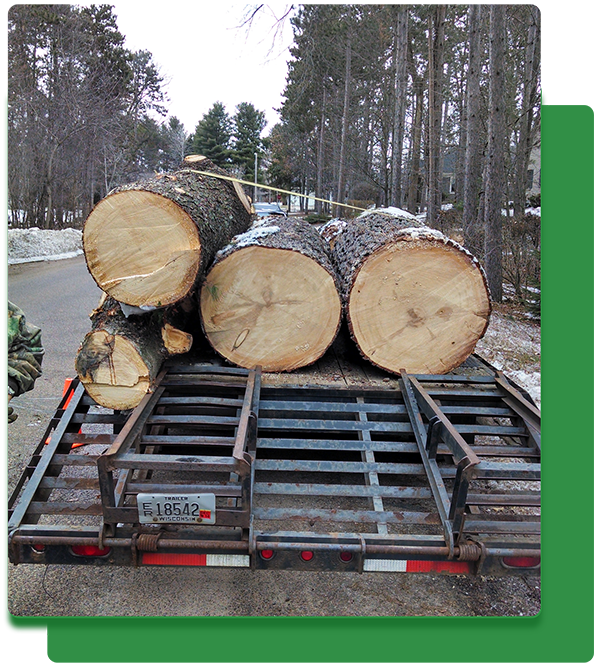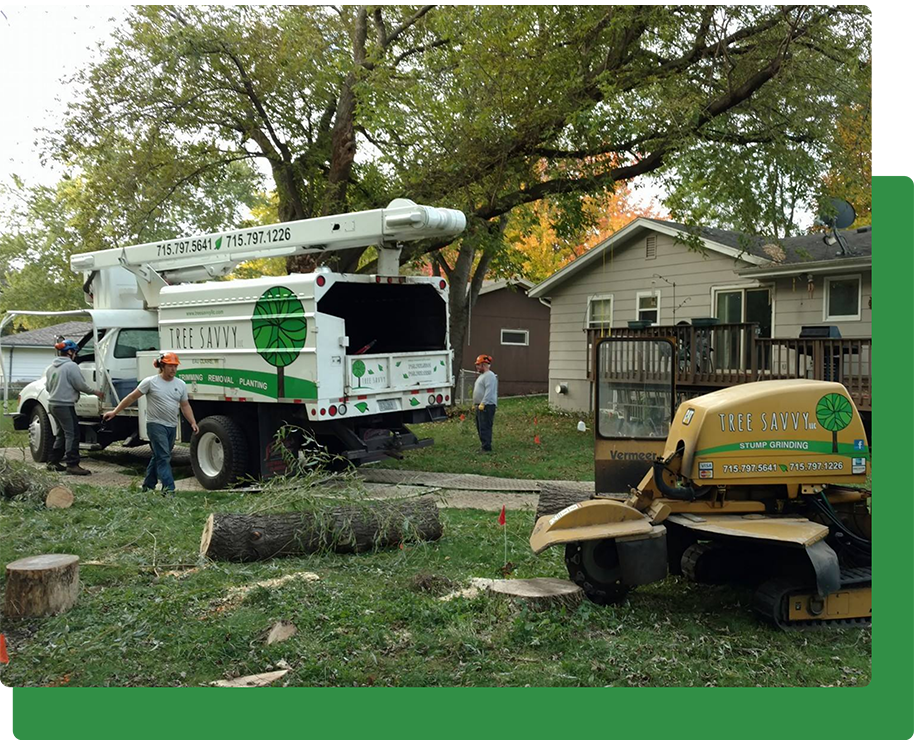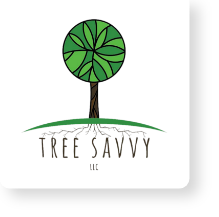
Bur Oak Blight
Bur Oak Blight (BOB) is a foliar disease caused by the fungus Tubakia iowensis, which causes necrosis of a tree’s leaves and leaf stalks (“petiole.”) The pathogen may have originated in Europe or Asia, but is potentially a mutation of Tubakia, localized and specific to the Midwest region. The disease begins slowly, gradually intensifies year after year, and when left untreated requires many growing seasons to build a large enough pathogen population to cause tree death.
Like other diseases, the fungus contributing to BOB overwinters on tree foliage and is easily reintroduced the following spring. Black fruiting bodies develop in leaves that have been killed and remain on the tree, and later develop at the base of the leaf petiole in the fall/winter. The following spring, the mature fruiting bodies release spores which are then dispersed by rain and wind onto new leaves, thus creating new infections. The proximity of existing spores to new leaves is why re-infection is so common.

Signs of Damage
The symptoms of Bur Oak Blight might look similar to other conditions found in oak trees. Each year, the leaves appear to be healthy when they first leaf out. However, in late July, August, and September, some of the following symptoms may begin:
- Purple–brown lesions along the middle vein of leaves
- Wedge-shaped areas of leaf yellowing or dieback
- Spots of discoloration eventually merge, resulting in complete leaf browning and curling
- New leaf growth late in the season will likely be killed by the fungus as well
- Brown and curled leaves stay hanging on the tree throughout the winter
- Infections start in lower portions of the canopy and spread higher in subsequent years

Means of Mitigation
Repetitive defoliation of trees as a result of BOB can increase that tree’s susceptibility to secondary problems such as the Two-Lined Chestnut Borer, which can in turn cause tree decline and death. Because a BOB infection can lead to other health issues for the tree, managing the problem with a “tool box approach” is often recommended. This means that multiple treatment options will be used to treat different problems as a result of the BOB infection. Specific treatment recommendations include:
Trunk injection of fungicide (Alamo) to suppress disease symptoms
Soil-applied growth regulator (Cambistat) to suppress disease symptoms, improve fine root development, drought tolerance and overall tree health
Soil-applied insecticide (Xytect 2F) to manage secondary insect pests
Trunk injection of insecticide (Mectinite) to manage secondary insect pests
Additionally, practices to reduce the spread of the pathogen and improve the soil and root environment should be considered. These practices can help bolster the overall health of the trees, and include:
Air spade the soil around the tree to reduce compaction
Soil remediation with the use of fertilizers and other organic material
Remove fallen leaves from the tree, reducing the amount of fungus present for reinfection
